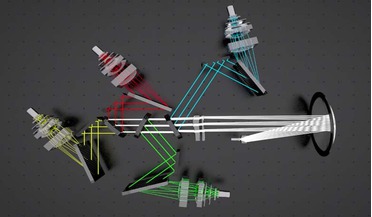 19 May 2016
Astronomers find a group of stars dying too early
19 May 2016
Astronomers find a group of stars dying too early
... that it should occur on such a scale in this 'normal' star cluster, " said Dr Simon Campbell from the Max Planck Institute for Astrophysics. Finding this new batch of stars that are advancing straight to old age, has...
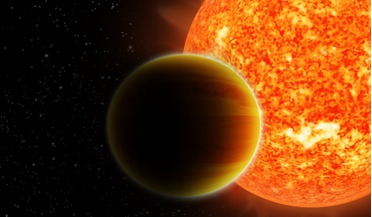 20 June 2016
Trio of hot Jupiters give clue to their formation
20 June 2016
Trio of hot Jupiters give clue to their formation
... stellar encounters, thus favouring a formation process for hot Jupiters. Now, in a paper submitted by A Brucalassi of the Max Planck Institute for Extraterrestrial Physics in Germany, its authors report on the high rate of hot Jupiters found within...
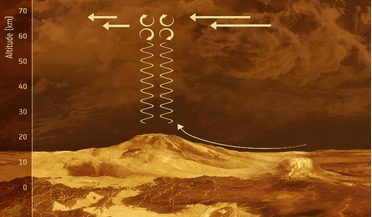 19 July 2016
Gravity waves on Venus create 'fountain of Aphrodite'
19 July 2016
Gravity waves on Venus create 'fountain of Aphrodite'
... were flowing downstream, moving from east to west across Venus," says co-author Wojciech Markiewicz of the Max-Planck Institute for Solar System Research in Göttingen, Germany. "Our first question was, 'Why?' Why is all this...
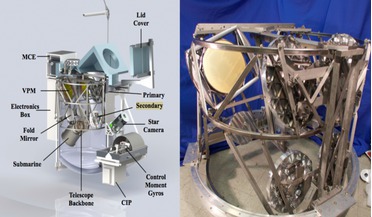 26 July 2016
Will PIPER be successful in confirming Inflation Theory?
26 July 2016
Will PIPER be successful in confirming Inflation Theory?
... is also a problem. Instruments need to be able to measure the dominant dust foreground signal with sensitivity better than Planck and PIPER is currently the only instrument capable of doing this. It's large angular scale – in this case, observing...
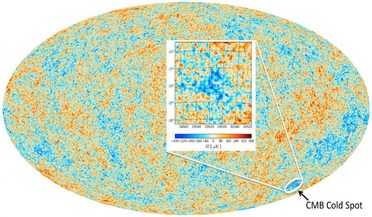 26 April 2017
Cold Spot in CMB could be evidence for a multiverse
26 April 2017
Cold Spot in CMB could be evidence for a multiverse
... neutral hydrogen atoms. This relic radiation has been extensively studied and mapped, most lately by the Planck satellite, and subtle fluctuations in temperature distinguished on the CMB are said to have given rise to the vast...
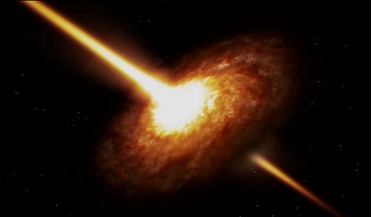 22 May 2017
Researchers create largest-ever 3D map of the Universe
22 May 2017
Researchers create largest-ever 3D map of the Universe
...) - the light “left over” from the Big Bang. Fluctuations in the CMB as observed by the recent ESA Planck satellite mission are shown. The bulk of the empty space in between the quasars and the edge...